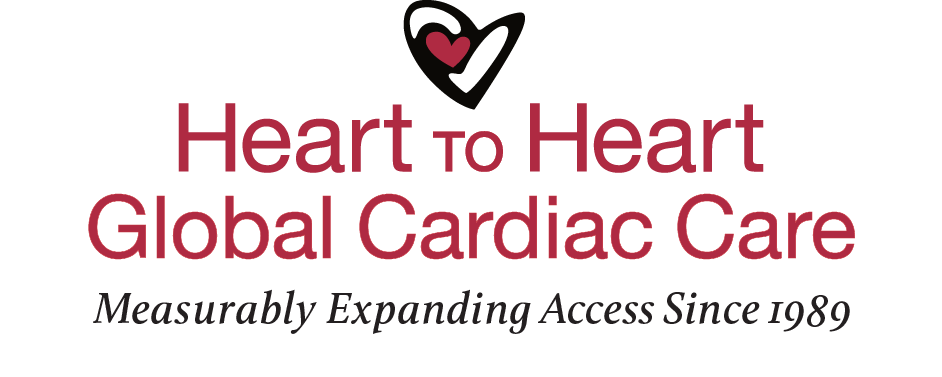Heart Valve Disease Awareness Day 2022
What is a heart valve? The human heart has four valves whose job is to enable the flow of blood to, from, and throughout the heart, lungs, and body.
Up to 25% of children affected by congenital heart disease (CHD) suffer from valve disease, a condition in which one (or more) of the heart’s four valves leaks or obstructs the flow of blood. In some cases, valves may fail to form properly in utero (called atresia), causing severe and even life-threatening disease in newborns and infants.
Thankfully, treatment of heart valve disease has advanced tremendously in the last few decades, allowing for the repair or replacement of human heart valves. In open heart operations, cardiac surgeons are able to fashion functional valves using existing tissue or by repositioning another valve to optimize overall heart function. Surgeons can also replace a heart valve with a bioprosthetic valve or a man made mechanical valve. Interventional cardiologists are able to implant heart valves through much less invasive procedures conducted in a cardiac catheterization lab. In such minimally invasive procedures, cardiologists thread a catheter through a vessel in the leg or groin up to the heart to implant an artificial heart valve. Amazingly, many of these patients are discharged within 24 hours of having a heart valve replaced!
Image credit: © tinyscarvalvesurgery.com
Daniel’s Story
For five-year-old Daniel, who was born with neither a pulmonary valve nor a tricuspid valve, it was clear to doctors that several medical interventions would be necessary in order for him to have a healthy childhood. Daniel was born in Costa Rica, where there is only one hospital capable of treating children born with heart defects. Although the country is relatively small, it is a considerable challenge for cardiac specialists at the National Children’s Hospital to treat all children born with CHD. After undergoing multiple procedures in a series of staged interventions, Daniel was placed on a waiting list – joining a backlog of nearly 100 children waiting for open heart surgery.
But Daniel’s parents were worried. They noticed that he had become increasingly inactive and couldn’t play with other children, that he tired quickly and just couldn’t keep up. And they had no idea when Daniel would get his chance to undergo life-saving open heart surgery in Costa Rica. So they decided to take Daniel abroad for treatment, at great personal expense. It was no small feat for Daniel’s parents to get him the care he desperately needed. But they also know just how lucky they were to have been able to raise enough money, “...we know there are many families who don’t have the resources, it’s impossible for most people, it is very expensive.”
In collaboration with Costa Rican cardiac specialists, Heart to Heart is working to change the situation for families like Daniel’s. We are grateful to have the opportunity to join our colleagues at the National Children’s Hospital to expand access to pediatric cardiac care to treat all Costa Rican children born with CHD.
Special thanks to the Edwards Lifesciences Foundation for their generous support of our work!



